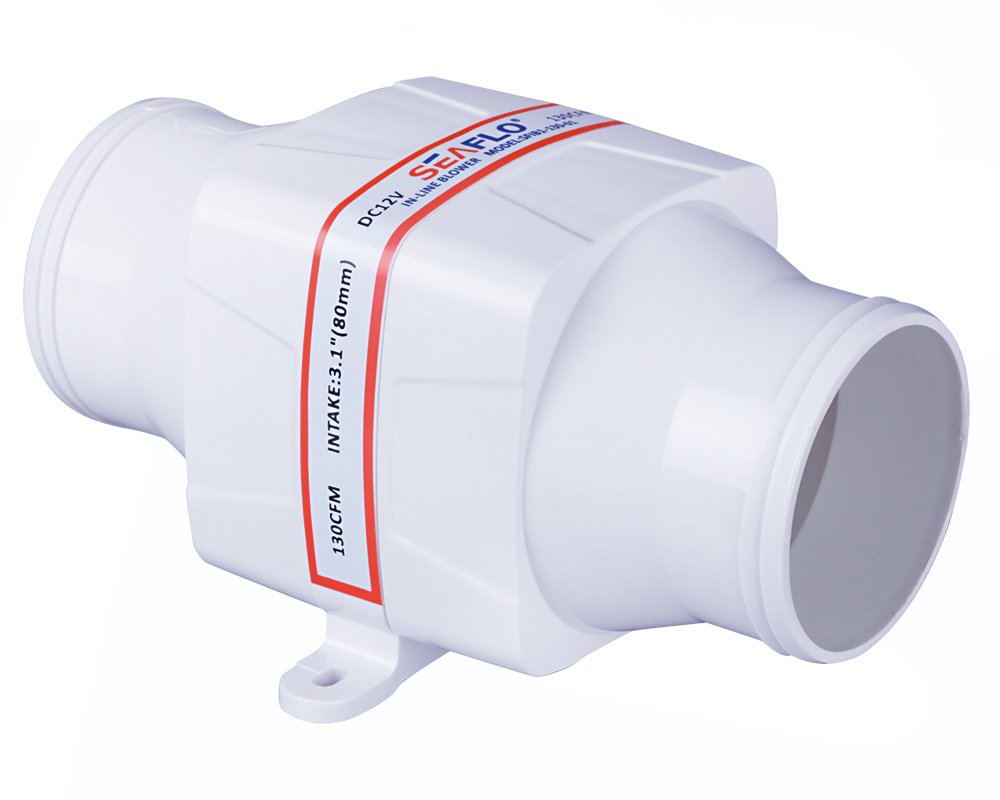MikeSkril
Well-Known Member
- Joined
- Feb 5, 2015
- Messages
- 401
- Reaction score
- 82
Hi experts,
Im planning to switch to kegging and looking for the best way to do so. A small fridge in the kitchen with a tower would be an option but would upset my wife a little. My dream option would be to have the fridge with 3 kegs in the basement and the tab in the kitchen.
It would be about 7 from the basement fridge to the tab in the kitchen.
I was reading about cooling lines and so on. I dont want to spend a fortune on a glycol cooling system and Im looking for ideas.
What if I would run an insulated copper line from the fridge to the tab? The beer lines will run in the cooper line. The copper line could start in the fridge with a 10 spiral (inside the fridge). Would the copper line transmit the cold over 7?
Thx!
Im planning to switch to kegging and looking for the best way to do so. A small fridge in the kitchen with a tower would be an option but would upset my wife a little. My dream option would be to have the fridge with 3 kegs in the basement and the tab in the kitchen.
It would be about 7 from the basement fridge to the tab in the kitchen.
I was reading about cooling lines and so on. I dont want to spend a fortune on a glycol cooling system and Im looking for ideas.
What if I would run an insulated copper line from the fridge to the tab? The beer lines will run in the cooper line. The copper line could start in the fridge with a 10 spiral (inside the fridge). Would the copper line transmit the cold over 7?
Thx!



